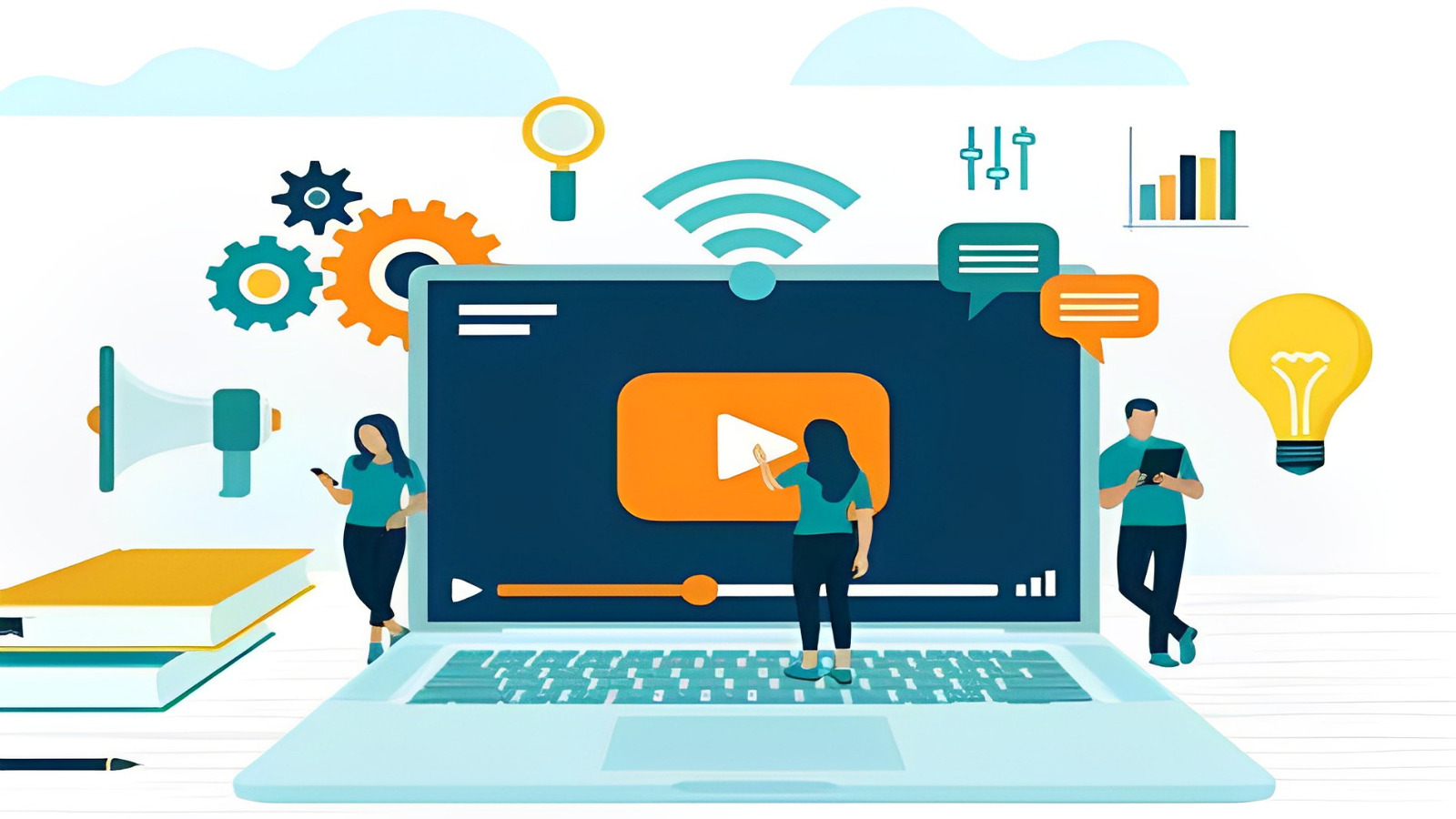
An online learning platform is a digital space or web-based portal designed to facilitate the delivery and management of educational content and resources. It serves as a centralized platform where learners can access courses, lectures, study materials, and interactive tools necessary for their education. Online learning platforms provide flexibility for learners to engage in self-paced learning, collaborate with peers and instructors through various communication channels, and track their progress through assessments and feedback mechanisms. These platforms often include features such as course catalogs, user profiles, content management systems, learning management systems (LMS), and tools for communication, assessment, and certification.
Components of a Online Learning Platform:
Course Catalog:
A comprehensive catalog where learners can browse and select from a variety of courses offered by the platform. Each course listing includes detailed information such as course description, objectives, duration, prerequisites, and sometimes user reviews or ratings.User Profiles:
Profiles for learners, instructors, and administrators that track their activities, course enrollments, progress, achievements, and interactions within the platform. User profiles provide a personalized experience and help monitor individual learning journeys.Content Management:
Tools and functionalities for uploading, organizing, and managing educational content. This includes lectures, videos, presentations, quizzes, assignments, readings, and discussion forums. Content management ensures easy access to learning materials and facilitates seamless updates and revisions.
Learning Management System (LMS) Features:
Core Features
- Course Enrollment: Allows learners to enroll in courses based on their interests and requirements.
- Progress Tracking: Monitors learners' progress through course materials and activities, providing insights into completion rates and performance.
- Assessments: Tools for conducting quizzes, exams, assignments, and other assessments to evaluate learners' understanding and knowledge retention.
- Grading and Certification: Automated grading systems and the issuance of certificates upon successful completion of courses, enhancing learner motivation and recognition.

Communication Tools:
Integrated communication features such as messaging systems, discussion forums, and chat functionalities. These tools enable learners to interact with instructors, peers, and support staff, fostering collaboration, discussion, and peer-to-peer learning.Assessment and Feedback:
Tools and mechanisms for creating and administering assessments, providing feedback on assignments and exams, and grading learner submissions. Feedback mechanisms are crucial for improving learning outcomes and enhancing engagement.